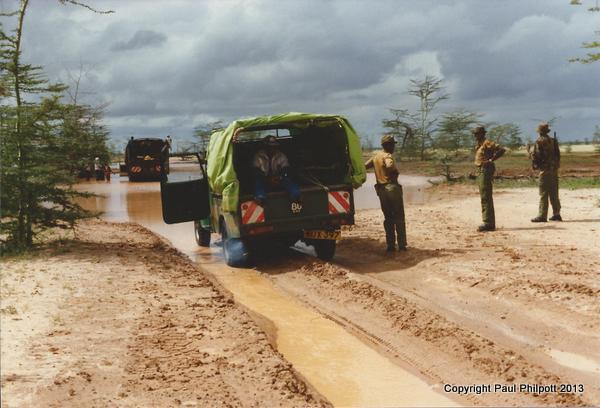I had a field office close by the mosque, to manage an agricultural rehabilitation programme in the nearby countryside. Swifts used to circle the minaret after their epic seasonal migration from Europe.
We used to come back filthy and exhausted after days in the field, to face an even greater challenge - the TV.
One of the national staff had produced this ancient contraption and equally ancient video recorder. When it was plugged in and the generator started, the crackling noise from the plug and faint air of electrics about to ignite pervaded the whole cinematic experience. We had no TV signal and only one video ‘The Mirror Cracked’ an Agatha Christie mystery. Sometimes we had the picture with no sound and at other times the sound with no picture.
How the compound did not burn down remains a complete mystery, as did the ending of the film. No-one ever managed to stay awake long enough to find out who did it. Over the intervening years when the opportunity arose I have never been able to bring myself to try one more time to watch the wretched thing to its final scene.
Merca has its place in history for one event of global importance. The final eradication of smallpox. Nearly twenty years earlier in the 1970’s Somalia was one of the last strongholds of the disease. An outbreak in 1977 led to a WHO containment programme which eventually led to Merca’s hospital and the hospital cook Ali Maow Malin. He had ducked his jab in an earlier inoculation programme and became infected. His treatment was to be as the last patient before the WHO announced in October 1979 the full eradication of smallpox in the world's population.
































